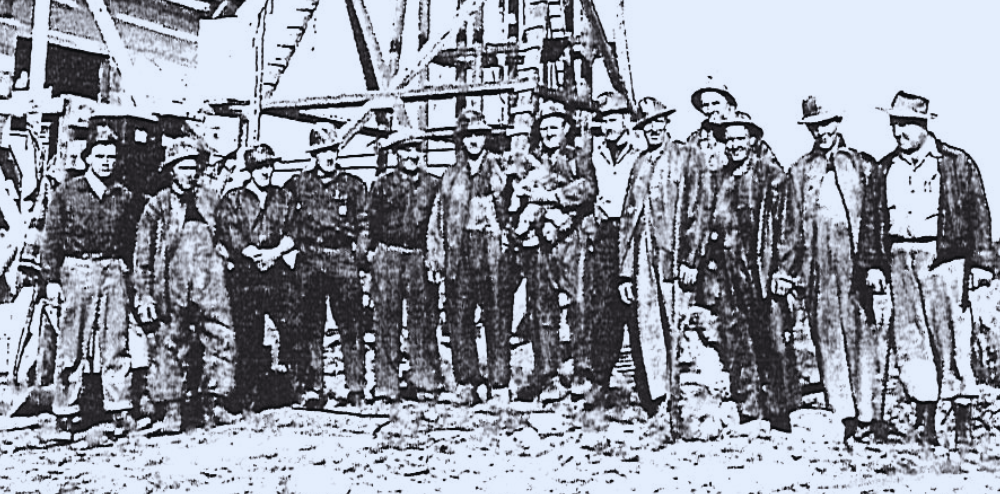A Legacy of Exploration and Discovery in the Canadian North

The O’Connor Lake Project’s journey began in 1948 when prospectors uncovered promising signs of zinc, lead, copper, and precious metals in the O’Connor Lake area. This discovery ignited a wave of exploration activity. In 1950, an expanded drilling program was launched, culminating in the extraction of a 26.3-ton bulk test sample of high-grade ore. This sample was shipped to a smelter in Trail, British Columbia, where it yielded impressive assays for lead, zinc, and silver.
The early success of these exploratory efforts caught the attention of American Yellowknife Mines, which acquired the property and adjoining claims in 1951. The company initiated a major exploration and drilling program, including the construction of a 60-kilometer winter access road. In 1952, a shaft was sunk to a depth of 55 meters, and lateral development work commenced. However, due to unfavorable metal prices, the O’Connor Lake operations were placed on maintenance, and the company shifted its focus to a uranium mine near Yellowknife.
The project’s history intertwines with the founding family of Slave Lake Zinc. Glen’s father, an engineer for American Yellowknife Mines during the 1950s, played a role in the company’s acquisition of the property, a connection that likely influenced Glen’s own interest in the project.
In recent years, Slave Lake Zinc has recognized the significant potential for growth and development at the O’Connor Lake Project. To capitalize on this opportunity, the company has embarked on a series of progressive exploration programs, including prospecting, mapping, and geophysical surveys.
These comprehensive exploration efforts have led to a major breakthrough: the identification of a mineralized structure stretching over 1100 meters in length and extending 700 meters south from the previously developed headframe area.
A significant challenge faced by Slave Lake Zinc was the land’s inclusion in a regional Land Withdrawal area, a designation implemented to protect Indigenous lands and facilitate land claim negotiations. This designation restricts the issuance of new mining or oil and gas rights. However, existing rights, like those associated with the original lease, are grandfathered in.
To navigate this complex landscape, Slave Lake Zinc formed a groundbreaking partnership with the Northwest Territory Métis Nation through a Collaboration Agreement. This strategic alliance not only secured the company’s existing rights but also opened doors for future expansion and development.
The Collaboration Agreement proved instrumental in lifting the interim land withdrawal, empowering Slave Lake Zinc to stake a substantial 76.25 square kilometers of mineral claims surrounding the original O’Connor Lake lease. This strategic move has significantly expanded the company’s land position, unlocking the potential for future discoveries within a major structural corridor identified by the Company.
Intensive exploration efforts within the expanded lease area have yielded promising results, uncovering substantial mineralization within structural zones that extend across the property. The original lease itself boasts a high-grade deposit of zinc, accompanied by significant grades of lead, copper, and precious metals. These findings further validate Slave Lake Zinc’s strategic commitment to the O’Connor Lake Project.